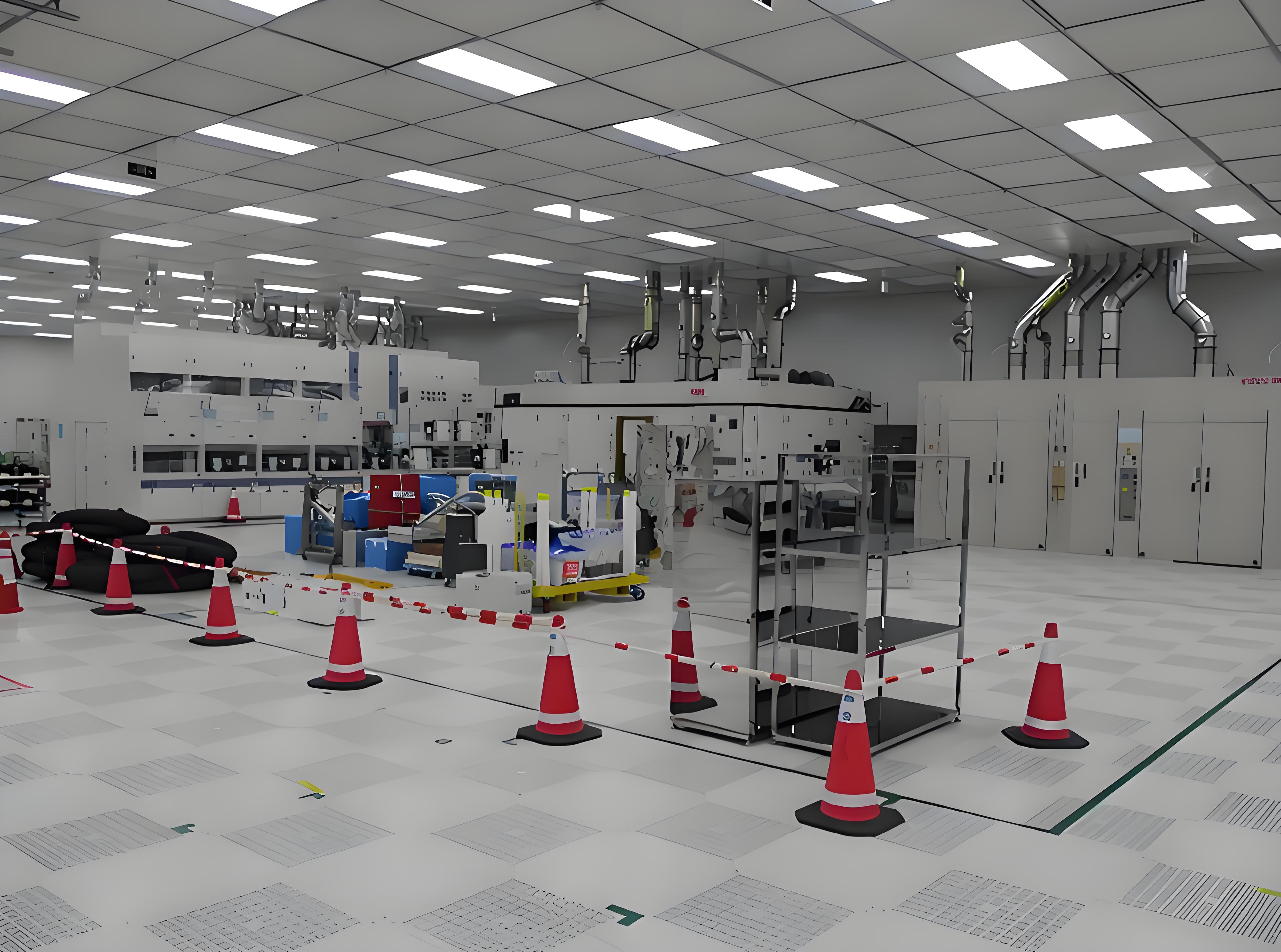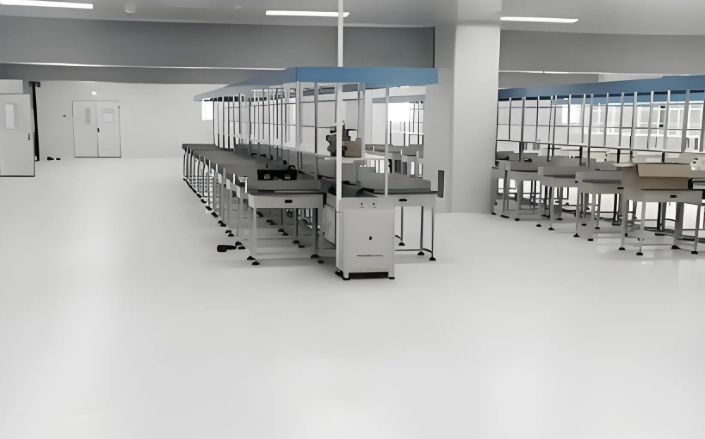




In the highly specialized world of precision-dependent industries like pharmaceuticals, biotechnology, semiconductors, and medical devices, the environment in which products are made is just as critical as the manufacturing process itself. This is where cleanroom manufacturing companies come into play, providing the controlled environments essential for production. However, the journey to achieving and maintaining these pristine conditions is complex, requiring a symphony of expertise from initial design to final handover. This article delves into the ecosystem of cleanroom creation, exploring the distinct roles of a Cleanroom Builder, a Cleanroom Design-Build Contractor, and a Turnkey Cleanroom Solutions Provider, while also highlighting the common pitfalls companies face during such projects.

At its core, a cleanroom manufacturing company is an entity that produces goods within a meticulously controlled environment, where pollutants like dust, airborne microbes, and aerosol particles are kept within strict limits. But before a single product can be made, the cleanroom itself must be conceived and constructed. This is the domain of specialized partners who transform the need for cleanliness into a functional reality. Understanding the different types of partners available is the first step in ensuring a successful project.
A Cleanroom Builder is typically a contractor focused primarily on the construction and installation phase of the project. They take engineered drawings and specifications provided by an external architectural or engineering firm and bring them to life.
Scope of Work: Their expertise lies in the physical construction: erecting walls (often using modular cleanroom panels), installing high-efficiency particulate air (HEPA) or ultra-low particulate air (ULPA) filtration systems, implementing specialized lighting, and deploying the flooring and ceiling systems that meet stringent cleanroom standards (e.g., ISO 14644-1).
Ideal For: This model is well-suited for clients who have a very clear, pre-defined set of plans and an in-house or third-party engineering team to manage the design and oversight. The client acts as the general contractor, coordinating between the designer and the builder.
Key Consideration: While a skilled Cleanroom Builder is essential for quality craftsmanship, the burden of integration and ensuring the design's feasibility falls on the client. Any disconnect between the design and the build can lead to significant cost overruns and delays.
The Cleanroom Design-Build Contractor model offers a more integrated approach by combining the design and construction phases under a single contract. This entity handles both the conceptualization/engineering and the physical build of the cleanroom.
Scope of Work: This single-source responsibility begins with understanding the client's process requirements, regulatory needs (like FDA, cGMP, or EU GMP for pharma), and operational goals. They then develop the architectural and mechanical, electrical, and plumbing (MEP) designs, followed immediately by the construction based on that approved design.
Benefits: The primary advantage is streamlined communication and accountability. With design and construction teams working in tandem from the outset, potential conflicts are identified and resolved early, reducing change orders and keeping the project on schedule and within budget. This collaborative approach often leads to more innovative and cost-effective solutions.
Ideal For: Companies looking for a more hands-off, coordinated approach benefit greatly from a Cleanroom Design-Build Contractor. It reduces the client's administrative burden and mitigates risks associated with miscommunication between separate design and build firms.
The most comprehensive service level comes from a Turnkey Cleanroom Solutions Provider. As the name implies, this partner delivers a project that is "ready to turn the key and operate." They manage the entire process from initial concept and design through construction, commissioning, validation, and sometimes even ongoing maintenance.
Scope of Work: A true Turnkey Cleanroom Solutions Provider offers a full suite of services. This includes:
Consultation & Feasibility Studies: Advising on the optimal cleanroom classification, layout, and workflow.
Design & Engineering: Creating fully integrated designs for the structure, HVAC (the most critical system), controls, and utilities.
Construction & Fabrication: Building the cleanroom envelope and installing all systems.
Commissioning & Validation: Thoroughly testing all systems to ensure they perform as intended and documenting everything to meet rigorous regulatory standards. This is often the most critical phase for FDA-regulated industries.
Furnishing & Equipment: Supplying and installing cleanroom-compatible furniture, pass-throughs, and gowning rooms.
Benefits: This model offers the highest level of convenience and risk mitigation for the client. The provider assumes total responsibility for delivering a fully functional and compliant cleanroom, allowing the client to focus on their core business operations.
Ideal For: Organizations without extensive in-house project management or validation expertise, or those seeking the simplest path to a new or upgraded facility, will find immense value in a turnkey partner.

Regardless of the partner chosen, navigating a cleanroom project is fraught with potential challenges. Awareness of these common issues is the best defense against them.
Inadequate Initial Planning and Definition: One of the most frequent mistakes is failing to fully define process requirements, future growth needs, and regulatory obligations at the outset. A poorly defined scope leads to redesigns, change orders, and delays once the project is underway.
Underestimating the Criticality of HVAC Systems: The HVAC system is the heart of a cleanroom, controlling temperature, humidity, pressurization, and, most importantly, particulate levels. Under-sizing or improperly designing this system is a catastrophic error that can render the entire room non-compliant and unusable.
Regulatory Compliance Missteps: Different industries have different standards (ISO, FDA, USP). Failing to design and validate the cleanroom to the correct standards from the beginning can result in costly retrofits and a failure to obtain necessary production certifications.
Poor Material and Finish Selection: Walls, floors, ceilings, and furniture must be non-shedding, easy to clean, and resistant to chemicals used in the cleaning process. Choosing inappropriate materials can compromise cleanliness and increase long-term maintenance costs.
Workflow and Ergonomics Oversight: A cleanroom must be designed for the people working inside it. Ignoring ergonomic principles and logical material and personnel flow can lead to inefficiencies, increased contamination risk, and operator fatigue.
Validation and Documentation Shortfalls: For regulated industries, the adage "if it wasn't documented, it didn't happen" is true. Incomplete installation qualification (IQ), operational qualification (OQ), and performance qualification (PQ) protocols can delay production start-up and invite regulatory scrutiny.
Budgeting for Lifecycle Costs: The initial build cost is just one part of the equation. Companies often underestimate the ongoing costs of energy consumption (HVAC systems are energy-intensive), filter changes, routine testing, and re-certification.
Selecting the right partner—whether a specialized Cleanroom Builder, an integrated Cleanroom Design-Build Contractor, or a comprehensive Turnkey Cleanroom Solutions Provider—is a strategic decision that hinges on your company's internal capabilities, project complexity, and risk tolerance. For most, the integrated and collaborative approach offered by design-build and turnkey models provides a safer, more efficient path to success.
The goal of any cleanroom manufacturing company is to achieve a state of controlled contamination-free production. By understanding the roles of the key players in the industry and proactively addressing the common challenges outlined above, you can ensure your cleanroom project is delivered on time, within budget, and built to the highest standards of quality and compliance, securing your investment in precision manufacturing for years to come.